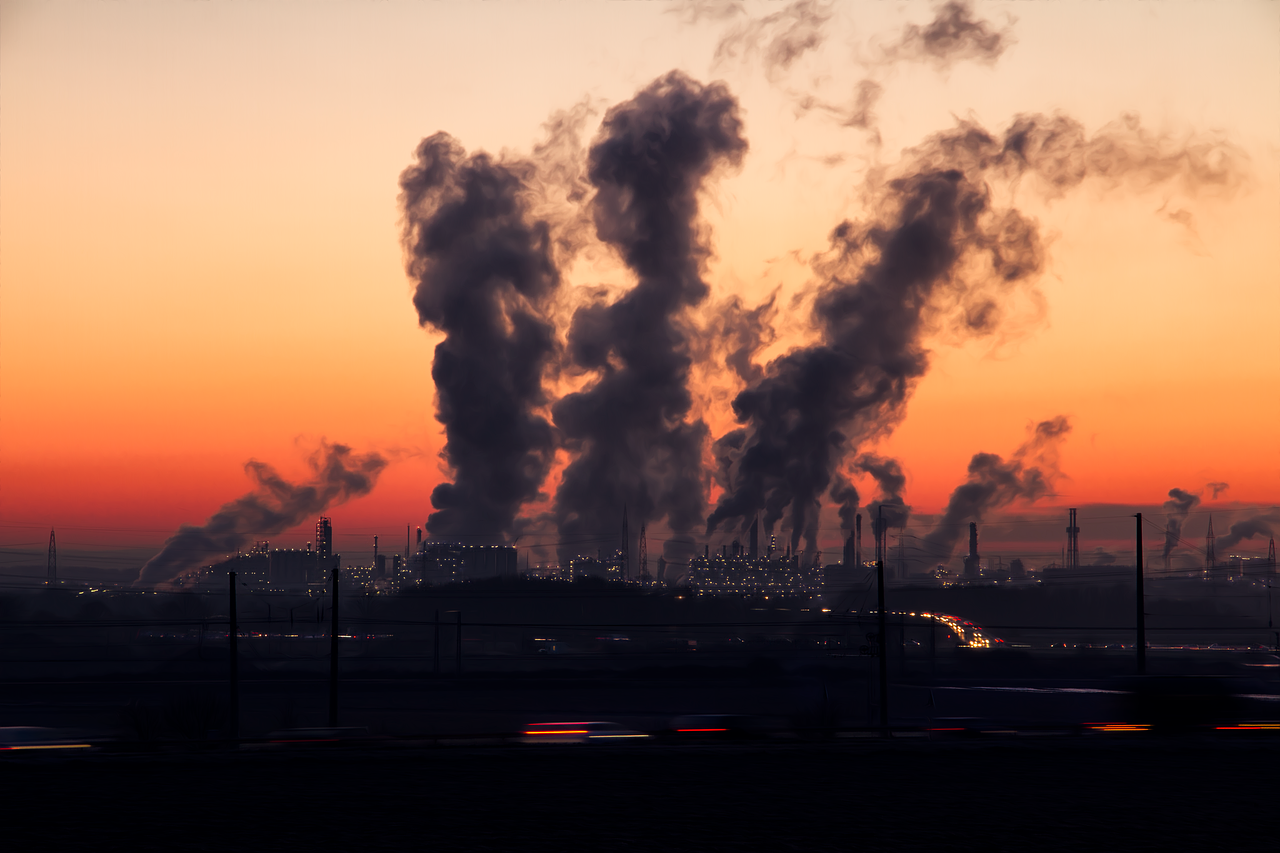The US Supreme Court Thursday ruled that the Environmental Protection Agency (EPA) does not have the authority under section 111(d) of the Clean Air Act to enforce proposed power plant emission limitations in West Virginia v. EPA. The majority relied on the Major Questions Doctrine, a doctrine that has never been used in a Supreme Court opinion. It allows for any deference to agencies’ interpretations of relevant legislation to be disregarded when a looming political concern is implicated in an agency rule. The court interprets this to mean that “given both separation of powers principles and a practical understanding of legislative intent, the agency must point to ‘clear congressional authorization’ for the authority it claims.”
In West Virginia v. EPA, the court is in a unique position as it is examining a rule that has yet to be implemented. Prior to this case, under the Obama Administration, the court stayed a graduated emissions “cap and trade” plan. Then under the Trump administration, the plan was scrapped entirely, implementing a new rule based primarily on a state-to-state approach. Finally, under the Biden administration, the EPA began crafting a new emissions rule, which did not go into effect.
Several states and coal companies sued to block another attempt at an emissions plan of the type under the Obama administration. The court granted certiorari on appeal, despite the fact that this is usually not done until a rule is in affect, and the Biden rule is not yet enforceable.
Writing for the majority, Chief Justice John Roberts concludes that the “EPA is generally limited to determining the maximum safe amount of covered pollutants in the air.” Justice Roberts goes on to say that “reflecting the ancillary nature of Section 111(d), EPA has used it only a handful of times since the enactment of the statute in 1970.” The Chief Justice also found that the EPA has not met the strictures of the Major Question Doctrine and has not shown that Congress specifically intended for section 111(d) to be used in this way.
Justices Neil Gorsuch and Samuel Alito concurred, taking the conclusions of the Court a step further, condemning the larger approach to agencies and administrative law in the U.S., saying:
One of the Judiciary’s most solemn duties is to ensure that acts of Congress are applied in accordance with the Constitution in the cases that come before us. To help fulfill that duty, courts have developed certain “clear-statement” rules. These rules assume that, absent a clear statement otherwise, Congress means for its laws to operate in congruence with the Constitution rather than test its bounds. In this way, these clear-statement rules help courts ‘act as faithful agents of the Constitution.’
Justices Elena Kagan, Sonia Sotomayor, and Stephen Breyer dissented, saying, “[t]he majority claims it is just following precedent, but that is not so. The Court has never even used the term ‘major questions doctrine’ before.” The dissent goes to say that “Section 111 of the Clean Air Act directs EPA to regulate stationary sources of any substance that ’causes, or contributes significantly to, air pollution’ and that ‘may reasonably be anticipated to endanger public health or welfare.’ 42 U. S. C. §7411(b)(1)(A). Carbon dioxide and other greenhouse gases fit that description.”
The final ruling was 6-3 on ideological lines.


